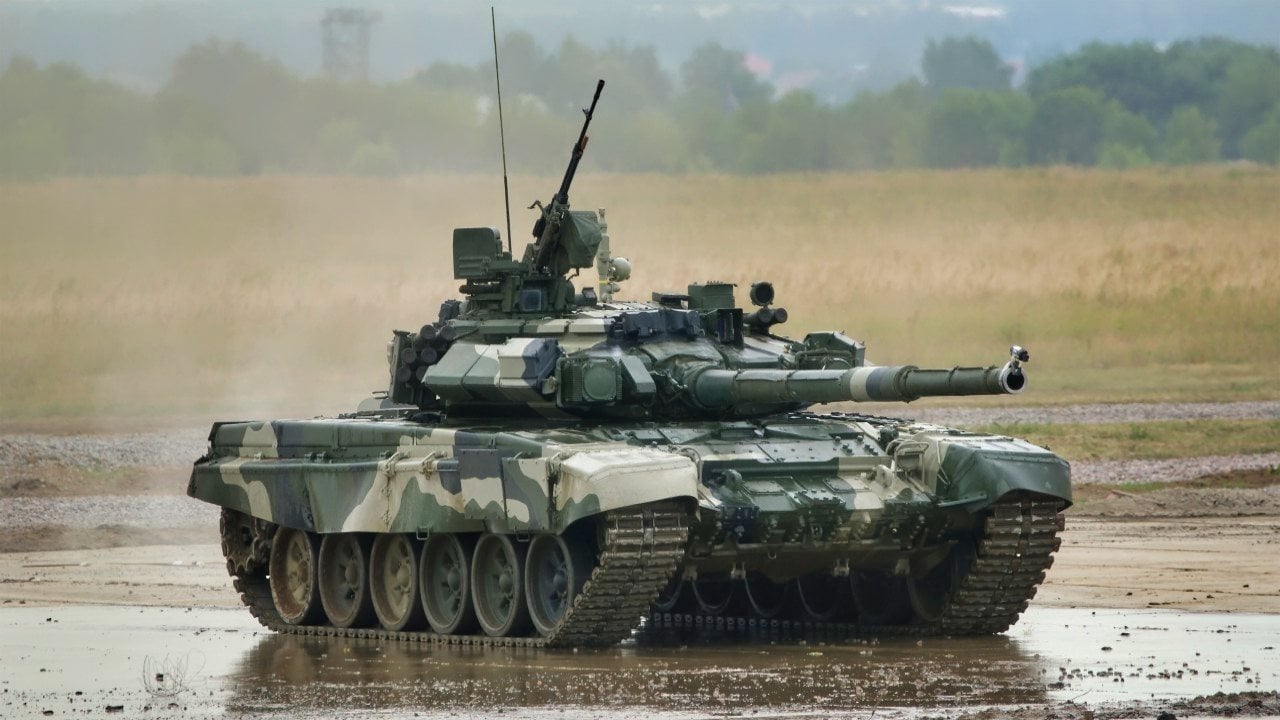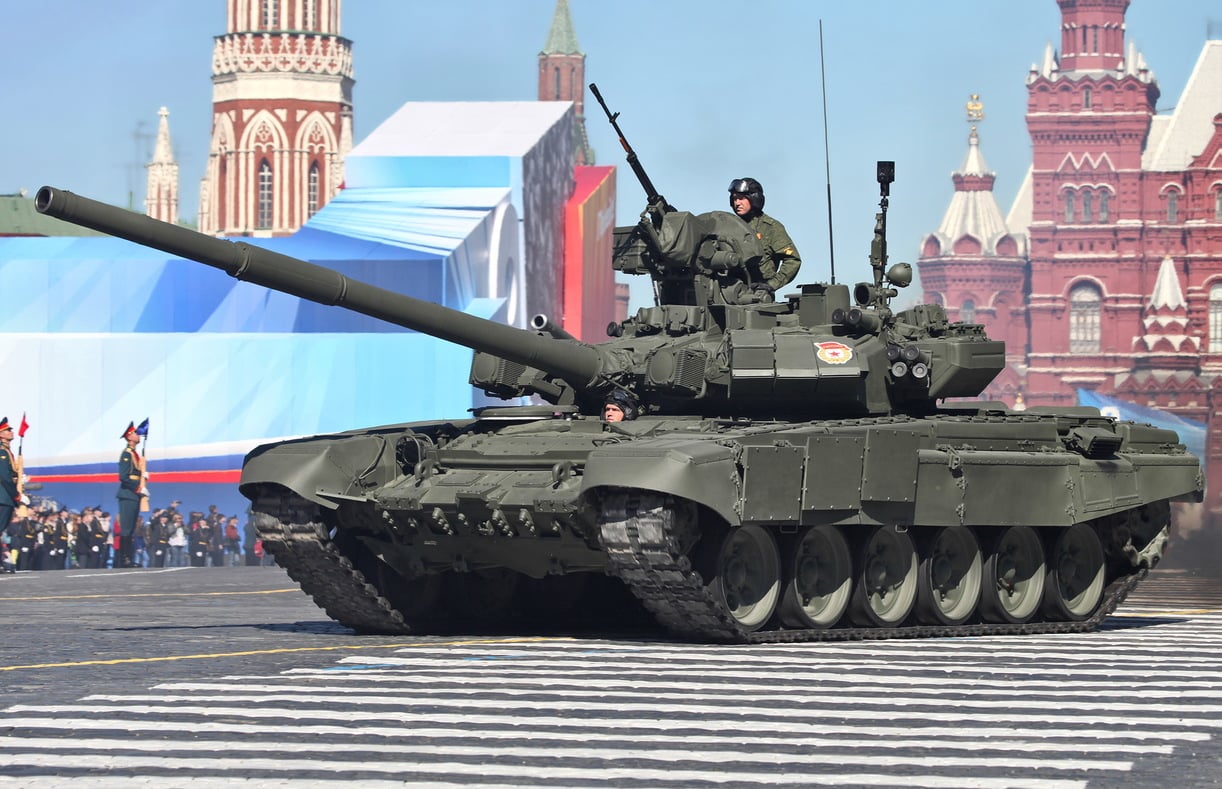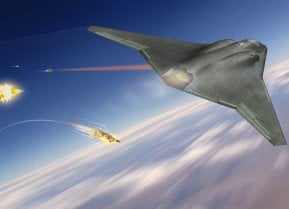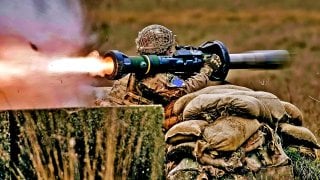Russia's 'Meat Grinder' Strategy to Win the Ukraine War Is Just Brutal
The war in Ukraine, nearing 900 days, sees Russia employing a strategy of slow, grinding advances to wear down Ukrainian forces and prevent significant counteroffensives.
Summary and Key Points: The war in Ukraine, nearing 900 days, sees Russia employing a strategy of slow, grinding advances to wear down Ukrainian forces and prevent significant counteroffensives.

-To counter this, Ukraine needs continuous military aid, advanced weapon systems, and substantial training for its troops.
-Western support is crucial for Ukraine to achieve decisive victories and challenge Russian President Vladimir Putin’s belief in a war of attrition.
Understanding Russia’s Meat Grinder Strategy in Ukraine and How Kyiv Can Win
The fighting in Ukraine is nearing 900 days. But dragging the war on is exactly what Russia is trying to do so it can win.
For example, in the Donbas, the Russian forces are launching repeated attacks against tactical targets that add up as the weeks and months pass.
But the Russian military’s operations in the Donbas are in line with Russian President Vladimir Putin’s directions to fight the war.
The Russian Way of War
“Slow grinding Russian offensive operations in the Toretsk direction [in the Donbas] are in line with Russian President Vladimir Putin's articulated theory of victory that posits that Russian forces will be able to continue gradual creeping advances indefinitely, prevent Ukraine from conducting successful operationally significant counteroffensive operations, and win a war of attrition against Ukrainian forces,” the Institute for the Study of War assessed in its latest operational estimate of the war.
But how do you counter that approach? In a number of ways. The easiest way to derail the Russian approach is to counter its objectives on the ground.
For example, were the Ukrainian military to achieve an important operational victory on the battlefield, like the ones it did in the fall of 2022, when it liberated large swaths of the territory in the east and south in just a few days, Putin’s strategy would prove to be a failure—though he might stick to it because of no other viable choices.

However, to do so, the Ukrainian military requires a steady stream of military aid, as well as training for its troops. On the latter part, NATO has been training tens of thousands of Ukrainian troops but the pressures of an ongoing conflict often mean that the training can only be short. On the former aspect, Congress blocked any new military aid to Ukraine for months, only passing a massive security aid package in April.
Security aid has been flowing into Ukraine, but it needs time to get where it is supposed to go. Furthermore, the Ukrainian military needs new weapon systems as well. It needs fighter jets like the F-16 Fighting Falcon and the Dassault Mirage 2000.
It needs more Leopard 2, Challenger 2, and M1 Abrams main battle tanks. And crucially, it needs more artillery ammunition, especially 155mm rounds; artillery is responsible for up to 80 percent of all casualties in the war, and the Ukrainian forces often fire less than half as many rounds as their opponents on a daily basis.
“The West must proactively provide Ukrainian forces with the necessary equipment and weapons at the scale, timing, and regularity that Ukrainian forces require for operations that liberate significant swaths of occupied Ukraine and challenge Putin's belief that he can gradually subsume Ukraine should rapid total victory appear unreachable,” the Institute for the Study of War.
If the Russian leader sees that his forces continue to fail in Ukraine, then he might change tack when it comes to a negotiated peace. However, if the Ukrainian military can’t land a decisive strike but only liberates some parts of the country that are under Russian control, then Kyiv can’t hope for a lot when it goes to the negotiating table.

About the Author
Stavros Atlamazoglou is a seasoned defense journalist specializing in special operations and a Hellenic Army veteran (national service with the 575th Marine Battalion and Army HQ). He holds a BA from the Johns Hopkins University and an MA from the Johns Hopkins’ School of Advanced International Studies (SAIS). His work has been featured in Business Insider, Sandboxx, and SOFREP.
All images are Creative Commons or Shutterstock.
From the Vault
Russia Freaked Out: Why the U.S. Navy 'Unretired' the Iowa-Class Battleships
Battleship vs. Battlecruiser: Iowa-Class vs. Russia's Kirov-Class (Who Wins?)


